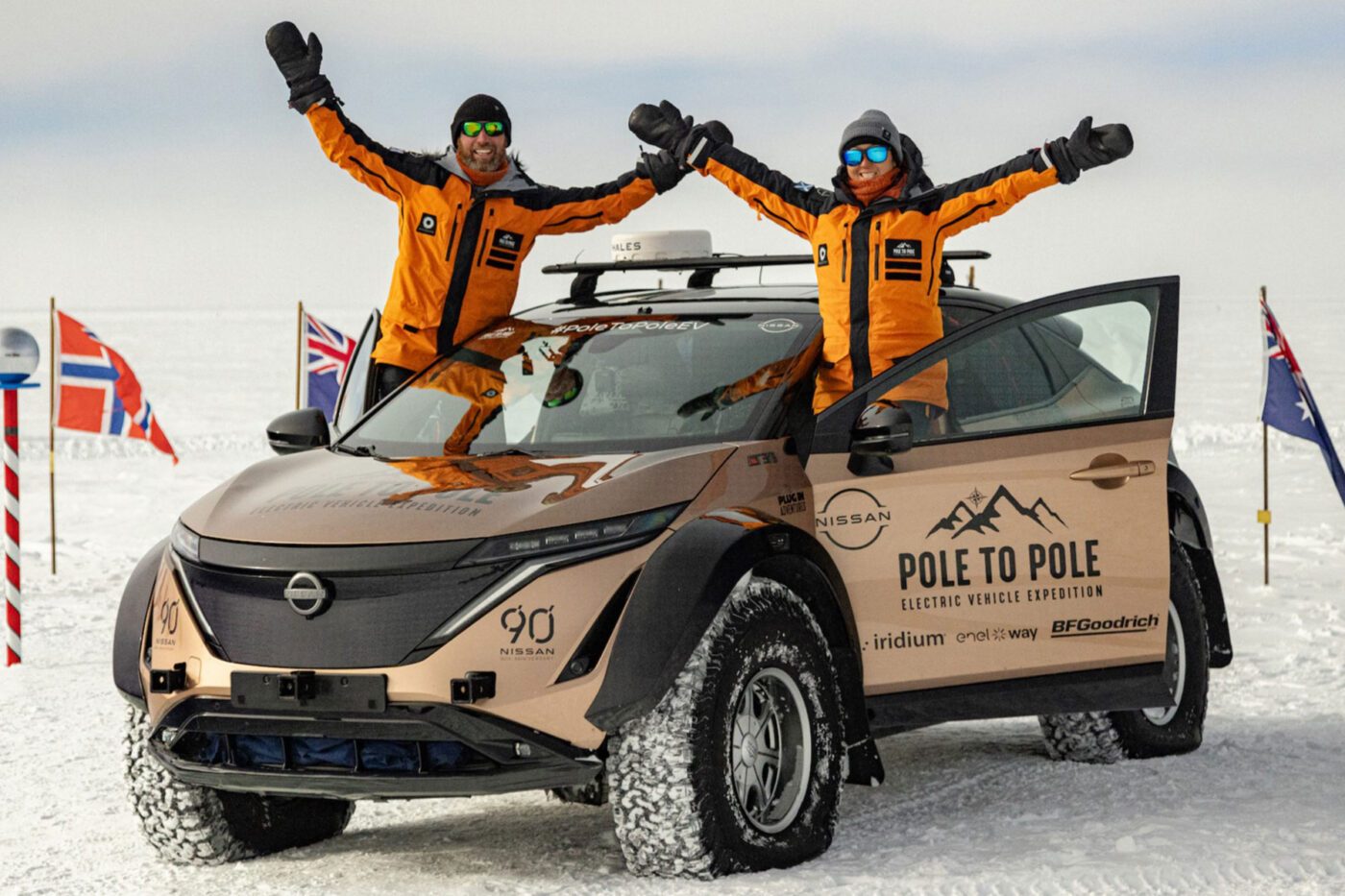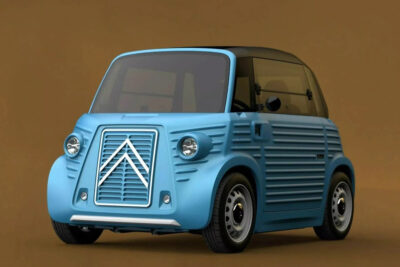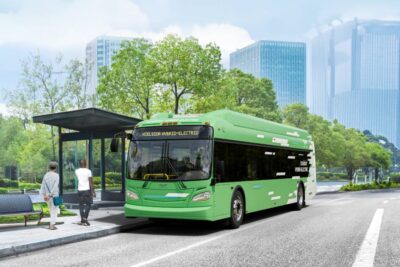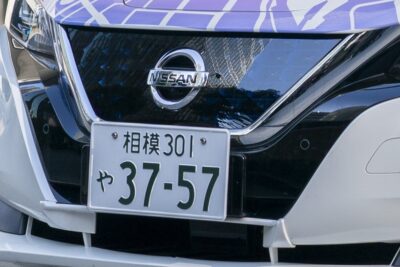Electric pole-to-pole expedition reaches the south pole
Their adventure began in March 2023 on the frozen Arctic Ocean at the 1823 Magnetic North Pole. Using a Nissan Ariya e-4ORCE car, it took them ten months and 30,000 kilometres through the varied terrain and conditions of North, Central and South America before carefully traversing the most remote continent on Earth, Antarctica, to reach the South Pole.
The all-electric expedition vehicle, a Nissan Ariya four-wheel drive, only had a factory-fitted drivetrain and battery. Modifications were “intentionally minimal” as Nissan remarked, and comprised mainly new tyres.
“We’ve modified the suspension and widened the wheel arches so we can benefit from the stable platform and support of the 39-inch BF Goodrich tyres,” added Chris Ramsey shortly before taking off.
Upon arrival at the South Pole and after establishing communications on social media, Ramsey said, “I can’t believe we’re at the South Pole”.
He explained: “After so many years of planning, it doesn’t feel real. I’ve always had full confidence in the amazing capabilities of electric vehicles.”
The couple had started planning the Pole to Pole adventure in 2017, after completing the 10,000-mile (16,000 km) Mongol Rally from London to Mongolia in a Nissan Leaf. They said that had given them confidence for the new adventure using a Nissan Ariya.
“But it’s been far tougher than I anticipated. It’s tough out here, really tough. It makes reaching the finish line that more worthwhile. We are delighted to have successfully reached the South Pole. We have made history.”
The Ramseys could mostly use standard charging points on the route. In the polar regions, a wind turbine and solar device allowed them to harness the wind and the sun to power the car. The expedition was timed to benefit from the Arctic summer, and in Antarctica, the expedition season guaranteed 24/7 daylight.





2 Comments